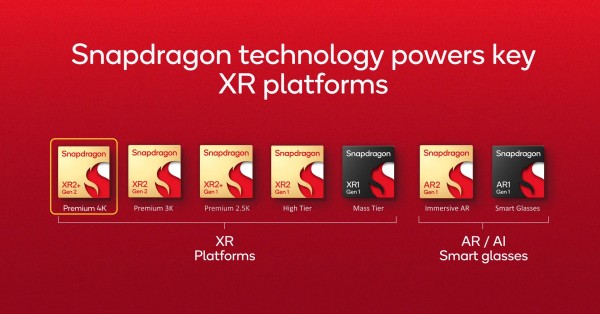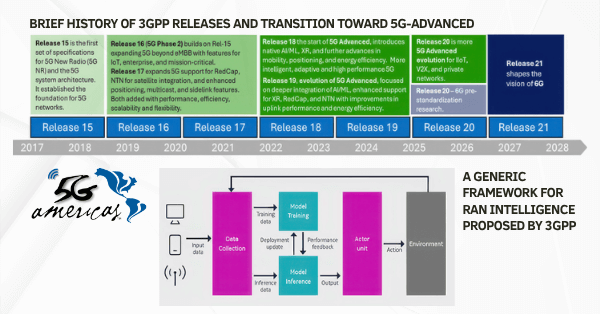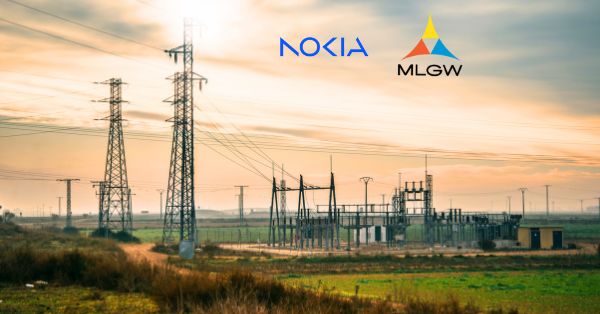Agentic AI
Agentic AI refers to autonomous systems that can perceive context, make decisions, and execute multi-step actions to achieve defined goals, often with minimal human intervention. These agents operate across digital and physical environments, guided by software capable of planning, tool use, adaptive reasoning, and collaboration with other agents or systems. Whether applied in virtual workflows or embedded within embodied systems such as vehicles or robotics, the emphasis is on the agentic AI software orchestration layer that enables situational awareness, autonomy, and dynamic behavior across complex, real-world tasks.
Agentic AI Market Key drivers include the capability of agents to acquire different roles depending on user intent, workload, or domain. Multi-threaded agent systems allow parallel task processing, idea generation, and consensus decision-making. Combining RAG with agentic AI allows agents to search, retrieve, and act on enterprise-specific knowledge bases or public corporations in law, customer support, and pharma R&D sectors.
The US agentic AI market is rapidly advancing, driven by a robust ecosystem of foundational model developers, defense-tech innovators, and enterprise cloud platforms. Key US-based vendors such as OpenAI, Google, AWS, IBM, Microsoft, Anduril Industries, and Palantir are leading with agent-based platforms that support dynamic task planning, memory-enabled reasoning, tool integration, and autonomous decision loops. The region benefits from a high concentration of AI talent, deep capital investment, and strong cloud infrastructure, enabling large-scale deployment of multi-agent frameworks defense, finance, manufacturing, and public services. The US Department of Defense and DARPA have actively funded agentic systems through OFFSET and Mosaic Warfare initiatives, accelerating real-time autonomy and agent teaming capabilities. The Executive Order on Safe, Secure, and Trustworthy AI (October 2023) lays the groundwork for developing autonomous agents aligned with US values, promoting innovation while ensuring risk-managed adoption. With early commercialization, government-backed R&D, and proactive regulatory pathways, the US is uniquely positioned to lead global innovation in Agentic AI systems across mission-critical and enterprise domains.
The computational agents subsegment is expected to grow at a higher CAGR than robotic agents due to its broader software integration capabilities and faster adaptability across digital environments. These agents are designed to autonomously perform reasoning, decision-making, and task execution within cloud-based, enterprise, and consumer software systems. With the increasing adoption of agentic frameworks such as OpenAI’s function-calling agents, Google’s Gemini extensions, and AWS’s Bedrock Agents, organizations are deploying computation-first agents for workflows in customer support, operations, coding, and analytics. Unlike robotic agents, which are constrained to simulated environments and rely heavily on real-time sensor inputs and complex coordination logic, computational agents can scale rapidly without hardware dependencies. Their flexibility, ease of deployment, and applicability across industries make them the primary driver of Agentic AI adoption in the near term.
Download PDF Brochure and Unleash Full Potential
The generative AI segment is estimated to grow at the fastest CAGR within the agentic AI technology landscape, offering vendors a strong opportunity to expand their presence by embedding creative and decision-making capabilities into autonomous systems. Vendors can tap into this potential by integrating generative models—such as large language models, diffusion models, or multimodal transformers—into agentic architectures that support dynamic content generation, contextual reasoning, and adaptive task execution. By enabling agents to generate plans, code, documents, insights, or even dialogues on the fly, companies can unlock value across customer experience, software development, marketing, and knowledge work. To leverage this trend, vendors should create domain-specific generative models with API-friendly interfaces, support agent workflows with memory and feedback loops, and ensure tool interoperability. Customizable generative agents for specific sectors (e.g., finance, healthcare, telecom) will drive adoption. Generative AI can differentiate offerings, speed up autonomous tasks, and widen market opportunities for agentic solutions.
Top opportunities in the agentic AI market include offering enterprise-grade agent execution environments with strong data privacy, access controls, and transparency; creating real-time multimodal agents that can process and act on text, speech, image, and video inputs; and developing agentic systems for simulated environments to support logistics, training, and synthetic data generation. Vendors can tap into these opportunities by building secure and compliant sandbox environments that meet the governance needs of regulated industries, allowing enterprises to test and deploy agile workflows safely. By integrating multimodal capabilities, vendors can enhance agent versatility for customer engagement, digital twin management, and interactive enterprise training. Simulated environments, when combined with reinforcement learning and agent coordination logic, allow vendors to test autonomous behaviors under controlled conditions, reducing real-world risks. These approaches collectively enable vendors to deliver scalable, high-value agentic solutions that meet industry-specific needs and expand their market presence in horizontal and vertical use cases.
Key Industry Technology:
- Machine Learning
- Natural Language Processing (NLP)
- Computer Vision
- Embodied AI
- Generative AI
Key Industry Applications
- Workflow Automation
- Inspection & Monitoring
- Navigation & Mobility
- Planning & Decision Support
- Knowledge Retrieval & Reasoning
- Simulation & Virtual Autonomy Training
- Environment Perception & Scene Understanding
- Other Applications
Top Leading Companies
- IBM (US)
- NVIDIA (US)
- OpenAI (US)
- Oracle (US)
- Microsoft (US)
- Google (US)
- AWS (US)
- Salesforce (US)
- LivePerson (US)
- Waymo (US)
Recent Developments:
- In May 2025, IBM announced new tools and frameworks for building and managing networks of AI agents, including pre-built domain agents for HR, procurement, and sales, which are integrated with AWS Marketplace technologies. A key highlight is the planned integration between Amazon Q index and IBM watsonx Orchestrate, enabling AI agents to access and act on data from multiple third-party applications like Salesforce, Slack, and Zendesk for more personalized automation.
- In April 2025, Microsoft updated Microsoft Dynamics 365, with hundreds of new features across all major modules. Key updates include expanded AI-powered Copilot and agent capabilities to automate tasks, improve customer service, enhance sales productivity, streamline finance and supply chain operations, and boost HR and commerce experiences. The release also brings better integration, automation, and analytics to help businesses work smarter and faster.
- In April 2025, Google launched Agent Space, a new platform that allows businesses and developers to build AI agents that can work together, even across different organizations. These agents can perform tasks, find information, and interact with each other using an open Agent-to-Agent (A2A) protocol. This platform simplifies AI agent creation, enabling users to automate workflows, conduct real-time research, and streamline tasks, potentially leading to a marketplace for AI agents.
For More Details, Click Here































